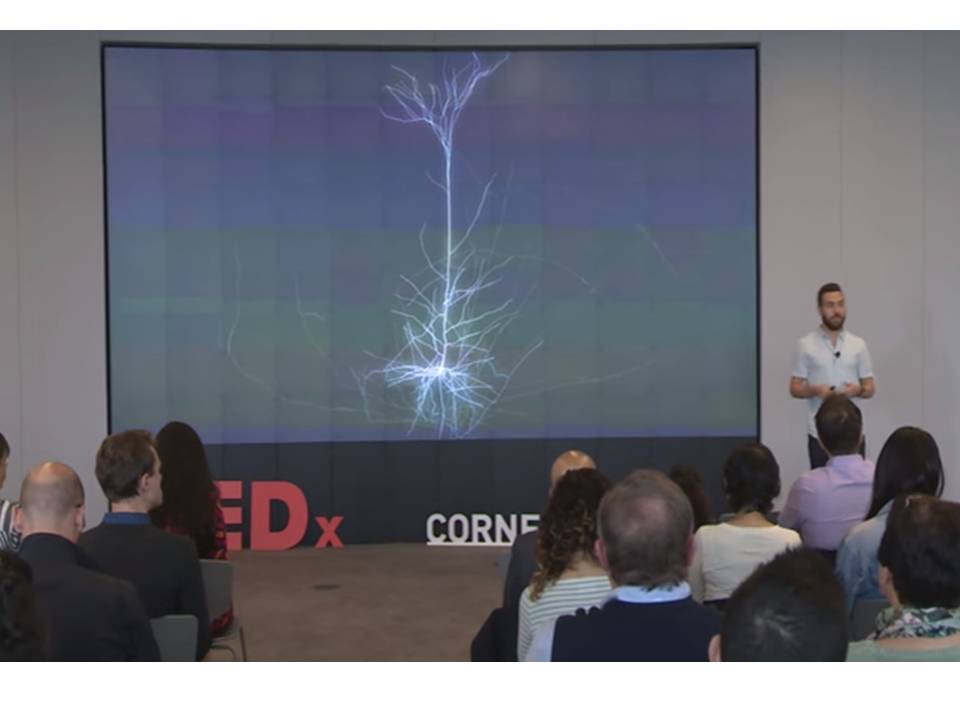AI and neuroscience can inform one another, if we can continue to bridge their current gap.
By increasing the synergy between artificial intelligence and neuroscience, a bootstrapping process will occur: more neuroscience research will inform better AI, and better AI will give neuroscientists the tools to make more discoveries and interpret them. Let’s encourage collaboration, throughout academia and industry.
Who is Alex Lavin?
Alex Lavin is a researcher at the intersection of artificial intelligence and neuroscience. As a Software Engineer with Numenta, he’s working to build intelligent machines by reverse engineering the neocortex. Alex’s focus is in natural language processing, or developing algorithms that enable computers to process and understand human language. Alex studied mechanical and aerospace engineering at Cornell, and robotics at Carnegie Mellon. He was recently selected to the Forbes 30 Under 30 List for Science.


There are different classes of problems related to intellectual. for example, recognition, planning, reasoning ..Each class has its own problems solving methods. AlphaGo solves the problem of planning with recognition methods. Of course, this applies to artificial intelligence, but not the appropriate method raises doubts.
Didn’t Hassabis say that AlphaGo is an AGI?
I am sure he is aware of the IARPA MICRONS initiative of Jacob Vogelstein: https://www.iarpa.gov/index.php/research-programs/microns.